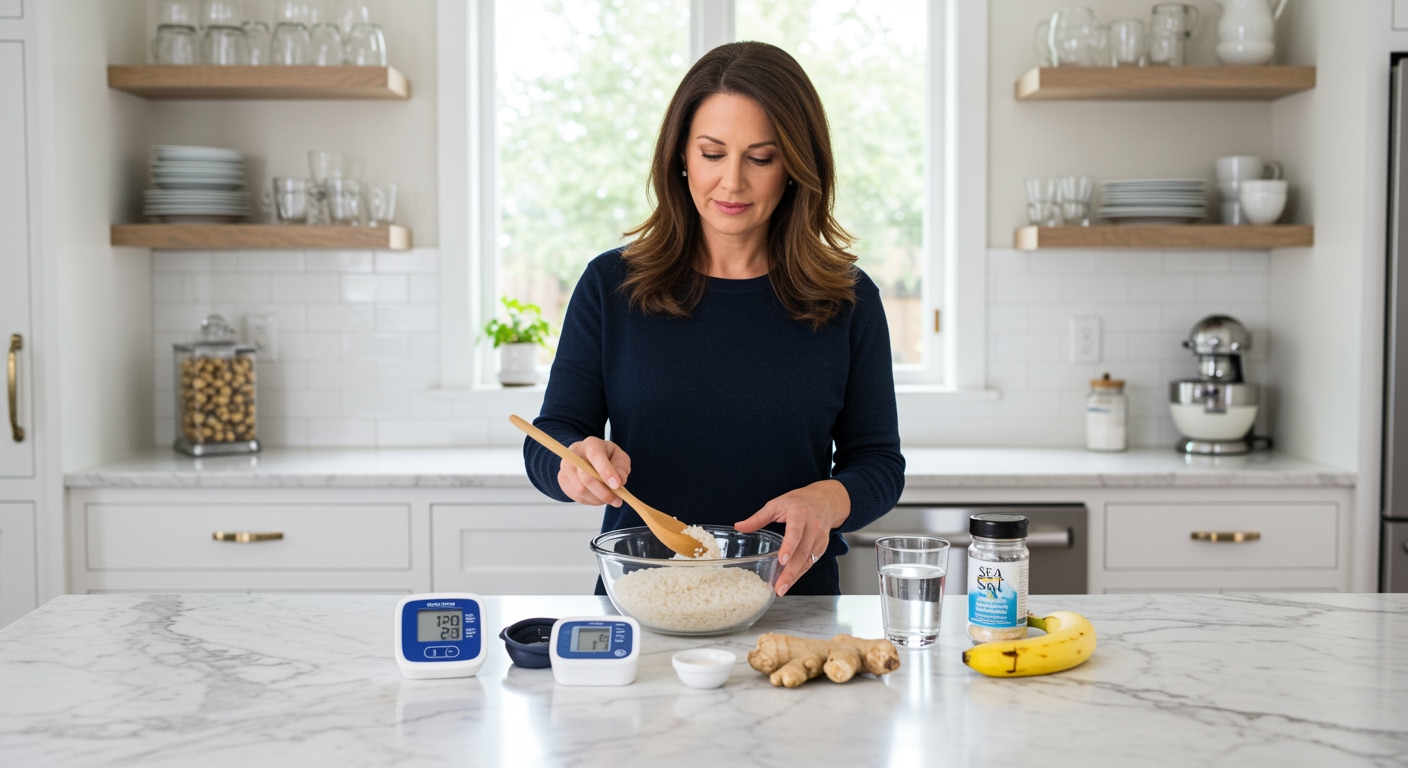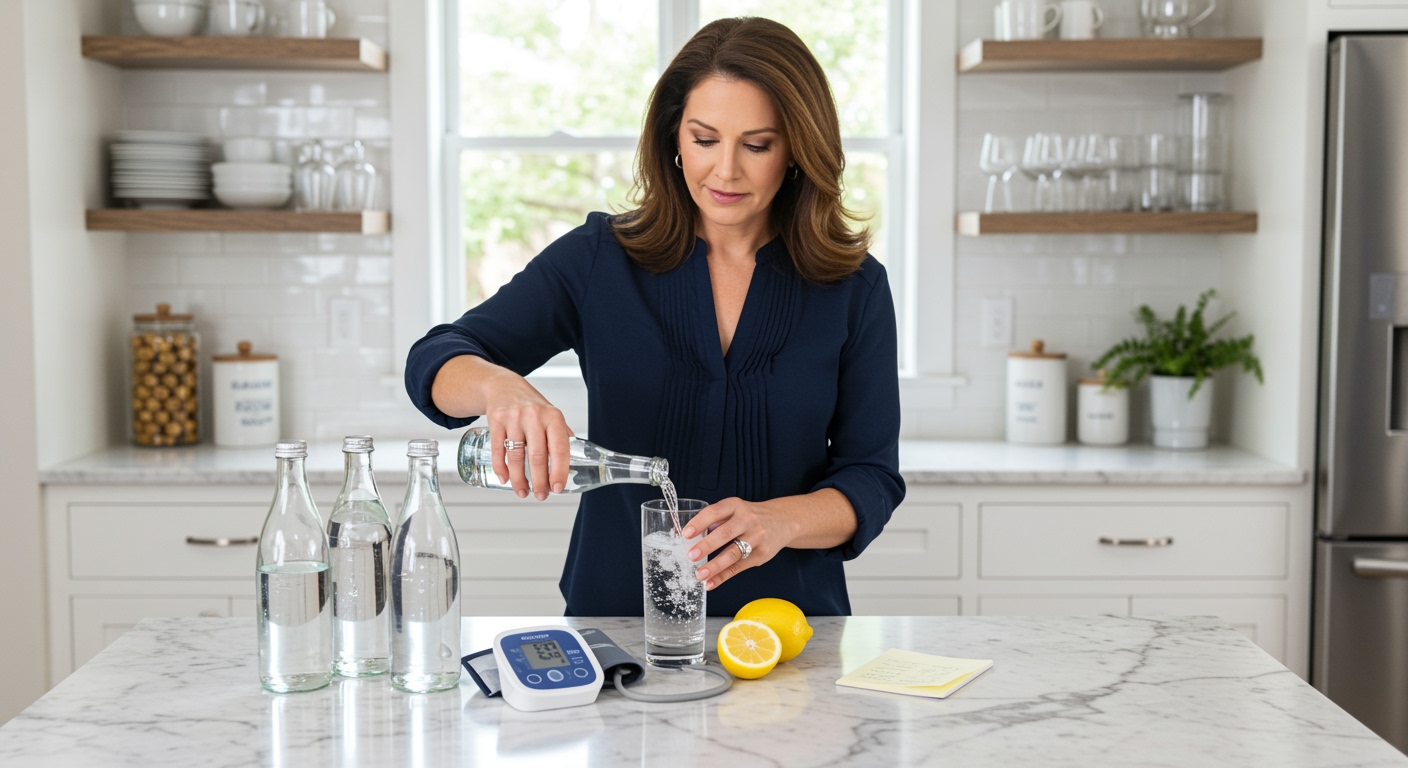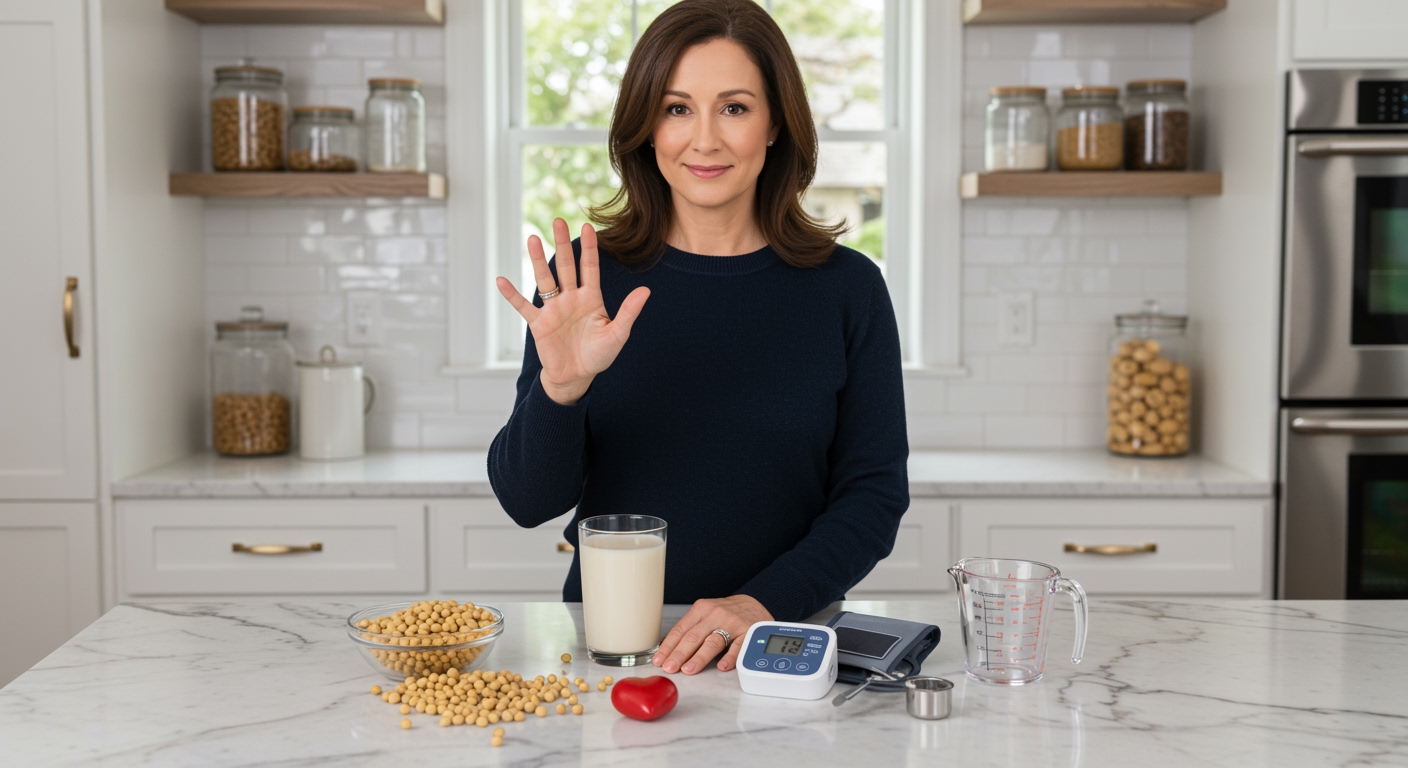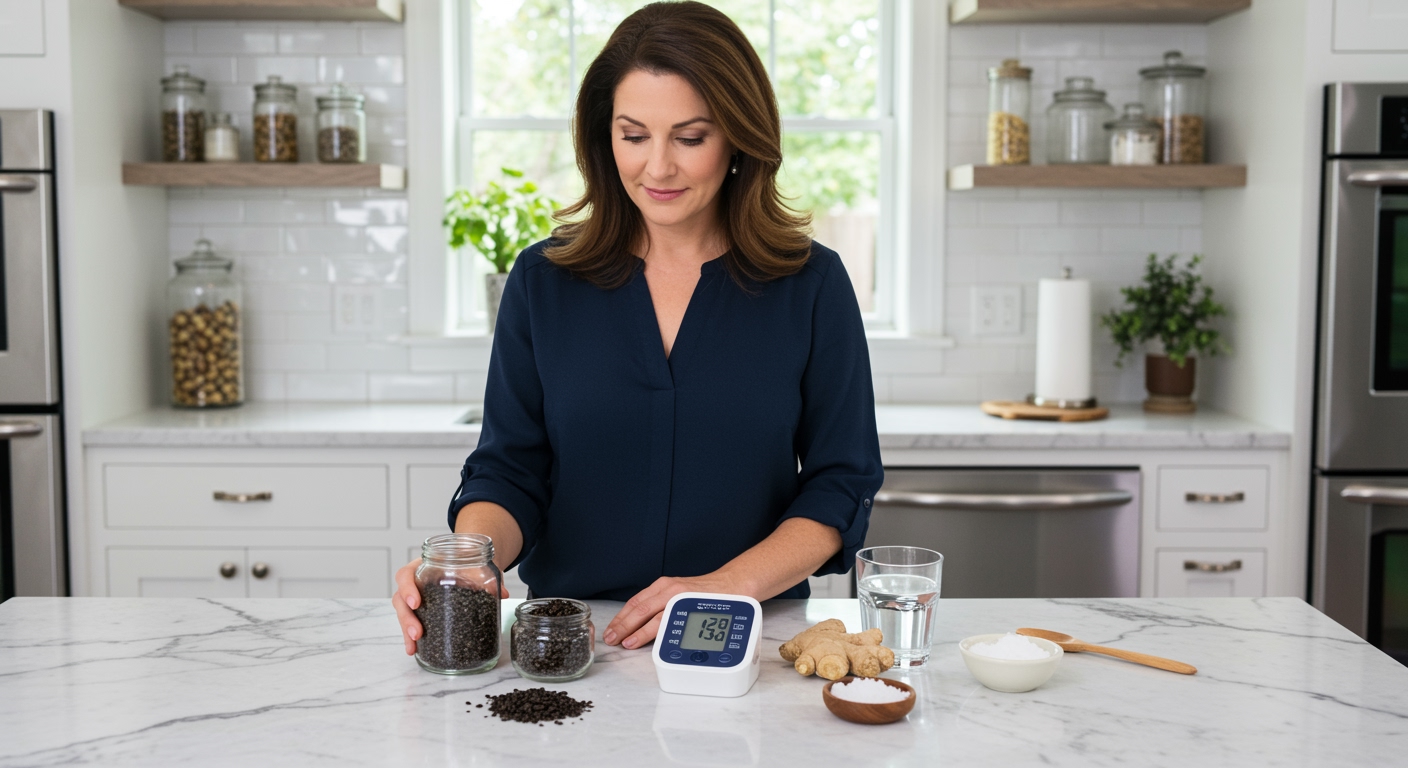✪ Key Takeaway: Rice can help raise low blood pressure through carbohydrates that support blood volume and provide steady energy for circulation.
Introduction
Your blood pressure reading shows numbers that make your doctor frown and suggest you need to raise them quickly.
You might be wondering if the rice sitting in your pantry could actually help solve this problem instead of making it worse.
Hi, I’m Abdur, your nutrition coach and today I’m going to explain exactly how rice affects low blood pressure and whether it should be part of your daily meals.
How Does Rice Actually Affect Blood Pressure?
Rice contains complex carbohydrates that your body breaks down into glucose for immediate energy needs.
When you eat rice, your blood sugar levels rise gradually, which triggers your pancreas to release insulin into your bloodstream.
This insulin helps your cells absorb glucose while also promoting sodium retention in your kidneys.
The retained sodium increases your blood volume, which naturally raises your blood pressure to healthier levels.
Research shows that people with hypotension often benefit from moderate increases in dietary carbohydrates because their bodies need more circulating volume to maintain adequate pressure.
Rice also provides steady energy that prevents the dramatic blood sugar drops that can worsen low blood pressure symptoms like dizziness and fatigue.
✪ Fact: Brown rice contains more fiber than white rice, which slows glucose absorption and provides more stable blood pressure support.
What Type of Rice Works Best for Low Blood Pressure?
White rice provides quick energy and faster blood sugar response, which can help raise blood pressure more rapidly during acute episodes.
Brown rice offers sustained energy release due to its fiber content, making it better for long-term blood pressure management.
Jasmine and basmati rice have medium glycemic indexes, providing a balance between quick absorption and sustained energy release.
Wild rice contains the highest amounts of minerals like magnesium and potassium, which support healthy circulation and blood vessel function.
The key is choosing rice varieties that match your specific needs and timing them properly with your meals throughout the day.
People with severe hypotension might benefit from white rice during symptomatic periods, while those with mild low blood pressure can rely on brown or wild rice for steady support.
✪ Pro Tip: Combine rice with a small amount of salt to maximize its blood pressure raising effects safely.
How Much Rice Should You Eat for Low Blood Pressure?
A typical serving of cooked rice should be about half a cup to one cup per meal, depending on your body weight and activity level.
People with low blood pressure often need more carbohydrates than those with normal or high blood pressure to maintain adequate circulation.
Eating rice three times daily with meals can provide consistent energy support and help prevent the blood pressure dips that cause symptoms.
Your portion size should increase on days when you experience more dizziness or fatigue from low blood pressure episodes.
Start with smaller portions and gradually increase based on how your body responds and your blood pressure readings improve.
Monitor your symptoms and blood pressure regularly to find the optimal amount that keeps you feeling energetic without causing digestive discomfort.
✪ Note: Always measure your blood pressure before and after meals to track how rice affects your individual response.
When Should You Avoid Rice for Low Blood Pressure?
People with diabetes and low blood pressure need to balance their rice intake carefully to avoid dangerous blood sugar spikes.
If you have digestive issues like gastroparesis, rice might delay gastric emptying and worsen postprandial hypotension.
Those taking certain medications for heart conditions should consult their doctor before increasing rice consumption significantly.
Rice allergies or sensitivities can cause inflammation that might interfere with proper blood pressure regulation.
Some people experience reactive hypotension after large rice meals, where blood pressure drops lower than before eating.
If you notice worsening symptoms or unusual blood pressure patterns after eating rice, discontinue use and seek medical advice immediately.
✪ Pro Tip: Keep a food and symptom diary to identify any negative patterns between rice consumption and your blood pressure.
The Bottom Line
Rice can be a valuable tool for managing low blood pressure when used correctly as part of a balanced approach to nutrition.
Food is medicine when you understand how each ingredient affects your unique body chemistry and health conditions.
I would love to hear about your experiences with rice and blood pressure management, so please share your questions or success stories in the comments below.
References
At NutritionCrown, we use quality and credible sources to ensure our content is accurate and trustworthy. Below are the sources referenced in creating this article:
- PubMed: Dietary patterns and blood pressure
- PMC: Rice consumption and cardiovascular health
- Healthline: How to raise blood pressure
- Cleveland Clinic: Low blood pressure hypotension
- Mayo Clinic: Low blood pressure symptoms and causes





